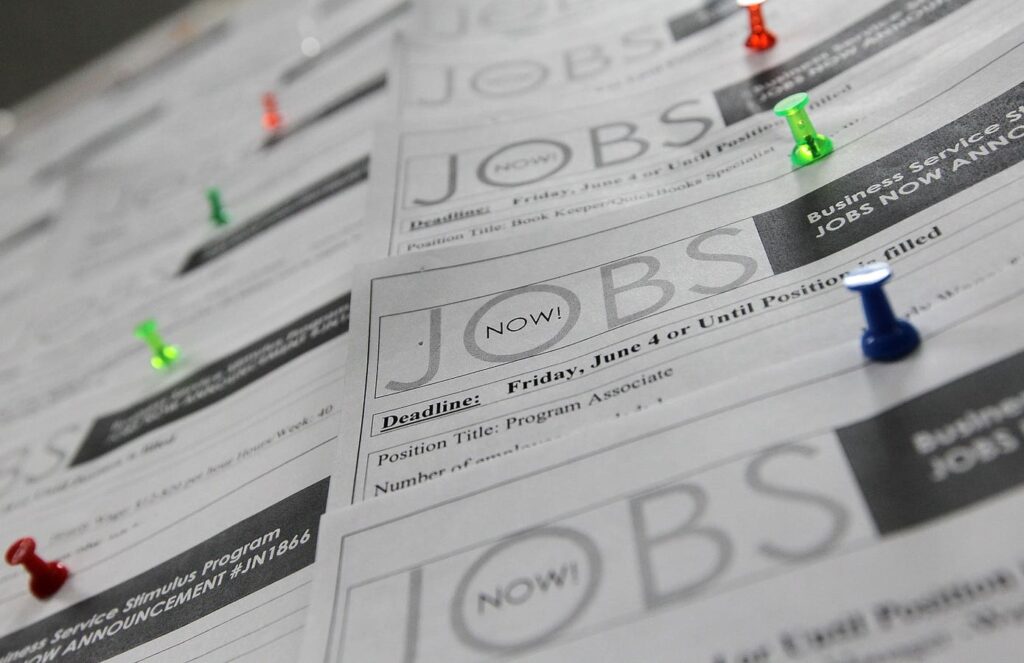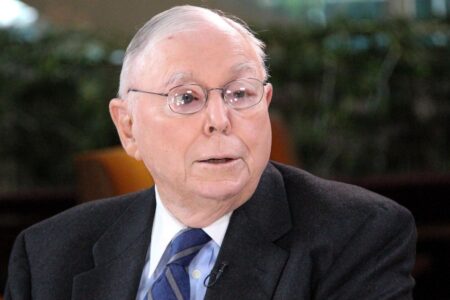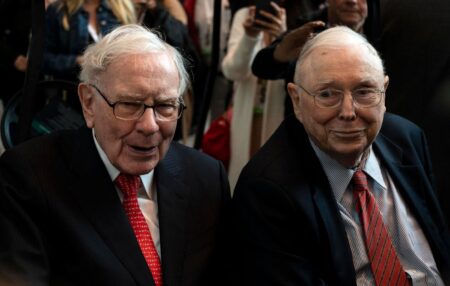The reporting period slows down after the busiest week of earnings. 51 S&P 500 companies are scheduled to report. Earnings built on the improvement in the previous week and all but assured year-over-year earnings growth for the quarter. With some relief from rising yields and better earnings, the S&P 500 soared by 5.9% for the week. Stocks were buoyed by the likely end to Federal Reserve rate hikes in the wake of the slower job growth reported on Friday.
With the reporting season past the three-quarter point, blended earnings, which combine actual with estimates of companies yet to report, are above the forecasts at the end of the quarter. According to FactSet, earnings beats in the consumer discretionary and technology sectors were the primary drivers of the earnings improvement.
Sales growth is closely tied to nominal GDP growth, combining after-inflation economic growth (real GDP) with inflation. With nominal GDP growth accelerating to 6.3% year-over-year for the third quarter, topline revenue growth for companies has some tailwinds. Sales growth estimates rose again last week, with seven of eleven sectors improving and remaining above the level at the end of the quarter.
Berkshire Hathaway reported earnings on Saturday, showcasing the strength of their insurance businesses despite the headline earnings loss. Two of Berkshire Hathaway’s
BRK.B
OXY
CVX
CVX
Blended earnings performance exceeds expectations at the quarter’s end. Combining actual results with consensus estimates for companies yet to report, the blended earnings growth rate for the quarter is 3.7% year-over-year, ahead of the expectation of -0.1% at the end of the quarter. If the quarter ends with year-over-year earnings growth, it will snap a three quarter streak of earnings declines.
Outside of earnings season, the Federal Reserve’s November 1 meeting was as expected, with no change to short-term interest rates. Given the data dependency of the Fed in deciding on future rate hikes, last Friday’s job data is a crucial input. The softer jobs report seems to mark a turning point for the economy, with almost every part of the report coming in below expectations and past job growth revised lower. In addition to payroll job growth evidencing a downward trend, the unemployment rate ticked up to 3.9%, five-tenths of a percentage point off the low reached in January. Average weekly hours fell back to a three-year low.
Adding this jobs report to the details of the robust third-quarter GDP growth paints a picture of an economy likely to slow markedly in the fourth quarter. This combination makes it almost a lock that the Fed is done hiking short-term interest rates for the year and perhaps for this cycle. Markets are now pricing in no more hikes and rate cuts beginning in mid-2024.
More certainty that the Fed is likely done hiking sent Treasury yields lower. The 2-year and 10-year Treasury yields declined by 16 basis points (0.16%) and 26 basis points (0.26%), respectively. Lower yields gave rise to hopes that a recession might be avoided and boosted economically sensitive cyclical stocks relative to the less-sensitive consumer staples.
Notably, for all asset pricing, real, after-inflation expectations, yields declined after the relentless upward pressure had weighed on stocks and bonds during its rise. This real yield will be essential to watch, but the weaker jobs report should have snapped the recent unending uptrend.
Stocks soared for the week, with a welcome tailwind from lower yields and better earnings. Stocks were electrified by the likely end to Federal Reserve rate hikes due to the slower job growth reported on Friday. The pace of earnings releases slows this week. However, it will still be the main attraction with a lighter economic calendar this week, aside from plenty of commentary from Federal Reserve officials, including Chair Powell.
Read the full article here













